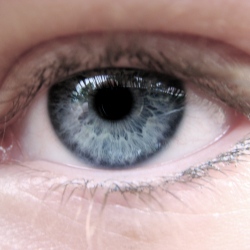
For a long time optical, microscopy was held back by a presumed limitation: that it would never obtain a better resolution than half the wavelength of light, the academy notes in a statement.“Helped by fluorescent molecules, the Nobel Laureates in Chemistry 2014 ingeniously circumvented this limitation.”
“Their ground-breaking work has brought optical microscopy into the ‘nanodimension. In what has become known as nanoscopy, scientists visualize the pathways of individual molecules inside living cells. They can see how molecules create synapses between nerve cells in the brain; they can track proteins involved in Parkinson’s, Alzheimer’s and Huntington’s diseases as they aggregate; they can follow individual proteins in fertilized eggs as these divide into embryos.”
In 1873, the microscopist Ernst Abbe stipulated a physical limit for the maximum resolution of traditional optical microscopy: 0.2 micrometers, or 200 nanometers (the shortest wavelength for visible light, the extreme limit of violet). The three Nobel laureates bypassed this limit, extending our view into the nanoworld.
